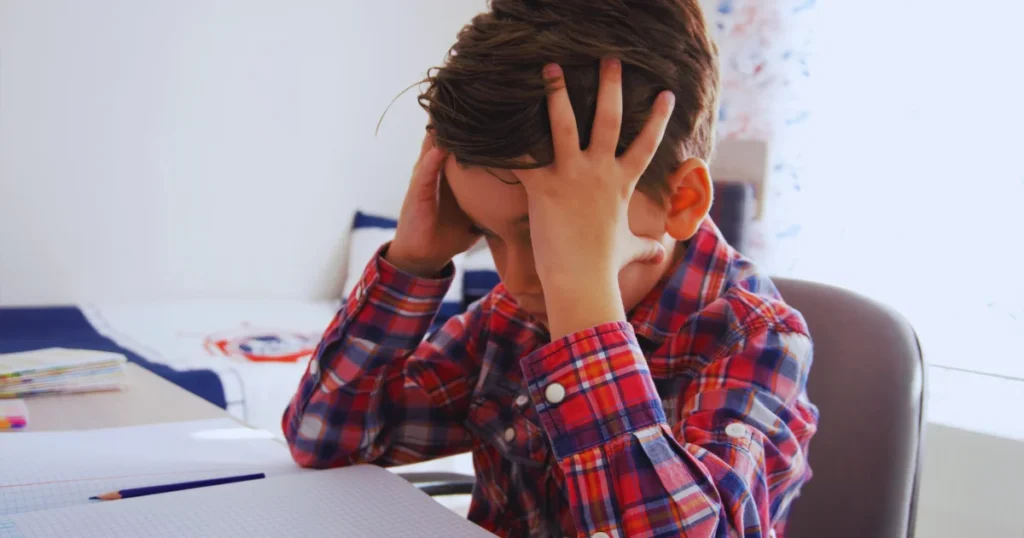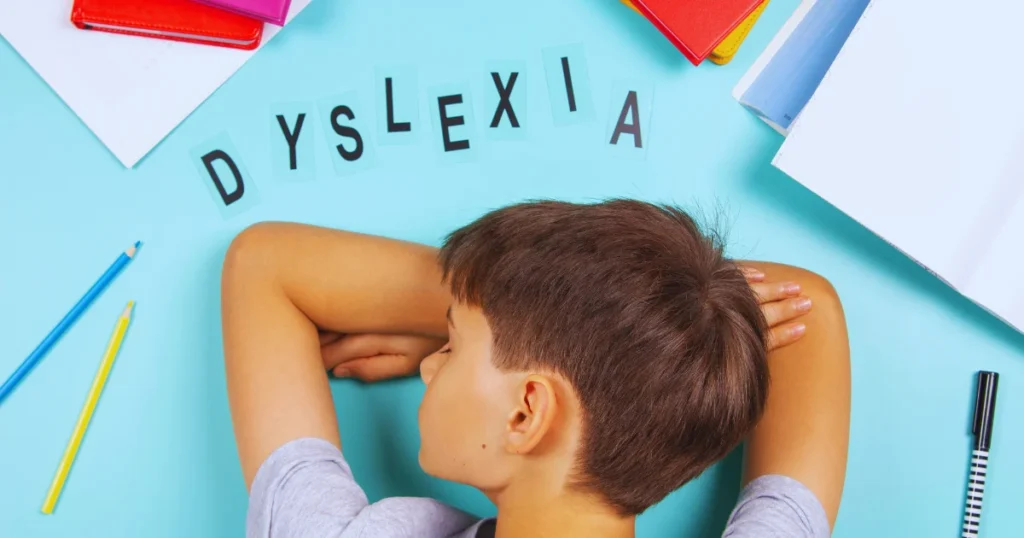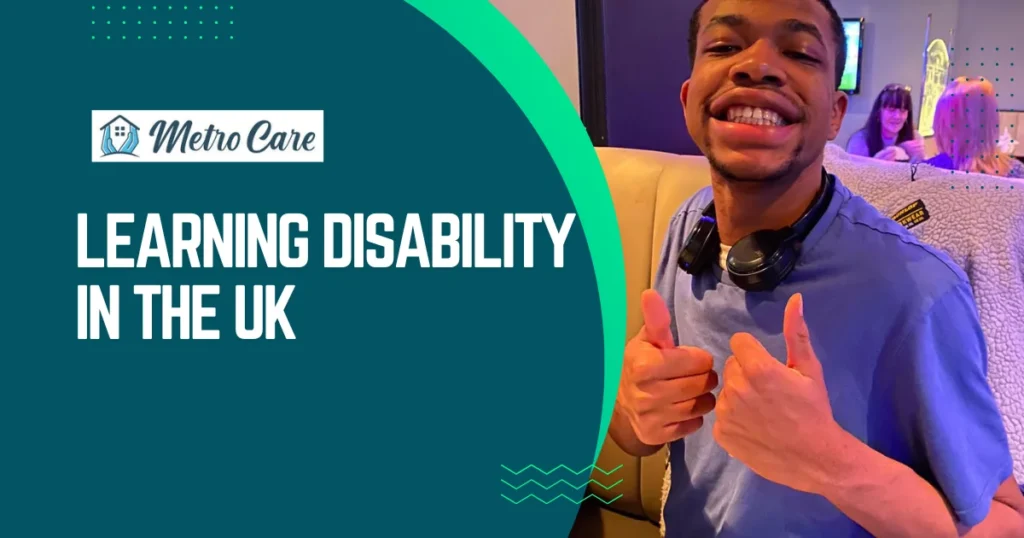A learning disability affects how a person processes and understands information, making learning or managing daily tasks harder, but it does not affect intelligence. Understanding what a learning disability involves recognizing its varying impacts, from minor difficulties to significant challenges in skills like reading or reasoning.
Table of Contents
What is a Learning Disability?
Learning Disability Definition
A learning disability is a neurological condition that impacts how a person processes information, making it difficult to learn new skills or understand complex ideas. To better define learning disability, it is important to know that it is not related to intelligence, but affects learning in everyday life.
For example, a person with a learning disability might struggle with reading and comprehending complex texts, but they can still be highly creative or excel in other areas like art or problem-solving. It is also important to mention the difference between autism and learning disabilities, as they are confused to be one. But they are not.

Learning disability meaning itself indicates that it influences specific aspects of life without necessarily affecting a person’s intellectual potential. The causes of learning disability can be genetic (e.g., inherited conditions like Fragile X Syndrome) or environmental (e.g., complications during birth).
Learning disabilities are lifelong and not curable. However early interventions, therapies, and support can help individuals overcome challenges and achieve personal goals, improving their quality of life.
Learning Disabilities vs Learning Difficulties
Learning disabilities and learning difficulties are often confused as one but they are different. Learning disabilities affect a broader spectrum of skills, like daily independence.
On the other hand, learning difficulties mainly influence academic abilities like reading or math. Below, you’ll find a table that outlines the key differences between the two, making it easier to understand their distinctions.
| Aspect | Learning Disabilities | Learning Difficulties |
| Severity | More severe, affecting multiple aspects of life | Mainly affects academic skills like reading or maths |
| Impact on Daily Life | May interfere with independence | Typically does not impact daily living |
| Examples | Struggle with basic life skills like communication | Dyslexia, Dyscalculia affecting school subjects |
| Intelligence | Not linked to intelligence | Generally does not affect overall intelligence |
Types of Learning Disabilities
Common Learning Disability Disorders: Dyslexia, Dysgraphia, and Dyscalculia
Dyslexia affects reading and language comprehension. Is dyslexia a learning disability? Yes, it is. Dyslexia makes recognising words and understanding texts challenging, especially when reading long passages. For instance, a child with dyslexia may struggle to read aloud or understand instructions.
Dysgraphia relates to writing skills. It causes problems with handwriting and organising thoughts. This might lead to difficulty taking notes or completing written assignments effectively.

Dyscalculia involves difficulties with numbers and arithmetic. As a result, they have difficulty understanding math concepts, telling time, or handling simple financial tasks like giving change.
Profound and Multiple Learning Disabilities (PMLD)
Profound and Multiple Learning Disabilities (PMLD) are severe learning disability diseases that include both intellectual and physical challenges. People with PMLD often struggle with seeing, hearing, and moving, and they need assistance with basic activities such as eating or personal care.
Despite these limitations, individuals with PMLD can still participate in decisions about themselves and enjoy various activities.
They may also use different communication methods, like sign language or PECS (Picture Exchange Communication System), to express their needs and engage with the world around them. In order to maintain their well-being, they need complete support.
Your questions on learning disabilities, answered here
Causes of Learning Disabilities
What Causes Learning Disabilities?
The causes of learning disability can vary widely. It can be caused by both genetic and environmental factors. Some individuals may experience differences in brain development before they are born, during birth, or shortly after. Examples include:
- Premature birth,
- Lack of oxygen due to complications at birth, or
- mother becoming ill during pregnancy (e.g, Maternal infections),
Environmental influences can also cause learning disability, such as
- Severe head injuries or
- Childhood illnesses like meningitis,
Examples of Genetic Conditions Leading to Learning Disabilities
Williams Syndrome: Williams Syndrome is a genetic disorder that affects physical and language development, which results in learning disabilities.
Fragile X Syndrome: It is a common cause of inherited learning disability, often leading to intellectual difficulties and challenges in communication.
Signs and Symptoms
Recognising the Signs of a Learning Disability
Identifying learning disabilities early can lead to better interventions. These challenges are often observed in people with learning disabilities, whether they are children or adults:
- Difficulty reading or understanding words.
- Trouble with following directions or staying organised.
- Delay in speaking or expressing thoughts clearly.
- Poor motor skills and challenges in activities like writing.
How is a Learning Disability Diagnosed?
Diagnosing learning disabilities needs an evaluation by professionals, such as psychologists and speech-language pathologists. The definition of LD includes difficulties in acquiring and processing information. This process often involves reviewing developmental history, and educational records, and conducting behavioural assessments to understand the individual’s needs.
How Learning Disabilities Affect Mental Health
Living with a learning disability can have a significant impact on mental health. Many individuals face challenges like anxiety, stress, and low self-esteem, particularly in social situations. The emotional toll of a learning disability may lead to loneliness if not addressed.
Support, such as counselling, positive reinforcement, and strong social networks, is crucial in mitigating these effects and improving overall well-being. Providing a nurturing environment where individuals feel heard and supported helps build resilience against their challenges.
Support Available for Learning Disabilities in the UK
Learning Disability Care Services
Learning Disability Care Services in the UK are designed to support the unique needs of individuals. These services often include customised education plans, therapy sessions, and assistive technology to help with communication and learning.
Under the Care Act 2014, local councils must assess and meet the needs of people with learning disabilities, making surev they get the right support.
Funding and Costs: Families can access funding for care services through options like Personal Budgets, Direct Payments, Disability Living Allowance (DLA), or Personal Independence Payment (PIP). These funds help cover the cost of care. Local councils determine eligibility for this support based on an individual’s needs.
Access and Legalities: To access these services, an assessment by the local council is required. This evaluation determines the level of care needed and eligibility for funding. The Mental Capacity Act 2005 protects individuals’ rights during decision-making about their care.
While some services might need financial contributions based on income, many are partly or fully funded by government schemes.
By creating a nurturing environment where individuals feel heard and supported, they are better able to overcome their challenges. Engaging in activities for learning disabilities can also support mental health by building confidence and reducing isolation.
Support for Families and Carers
Families and carers play a vital role in supporting individuals with learning disabilities. They benefit from resources like respite care, support groups, and educational tools.
These resources help manage caregiving responsibilities by providing breaks for carers and practical advice. Services that offer support for adults with disabilities can also significantly benefit families by making sure adults with disabilities receive the care they need to lead independent lives.
Conclusion

Understanding what is a learning disability and the causes of learning disorders is key to providing the right care and support. Learning disabilities vary widely, but with early diagnosis and appropriate resources, one can live independent, fulfilling lives. For specialised assistance or guidance, contact Metro Care UK to access expert learning disability care.
FAQs About Learning Disabilities
How is a Learning Disability Diagnosed?
Educational psychologists and other specialists diagnose learning disabilities through developmental screenings, cognitive assessments, and evaluations of learning ability. This helps identify learning disability and its specific impact on an individual’s learning process.
Can Learning Disabilities Be Cured?
No, learning disabilities are lifelong conditions. However, they can be managed successfully through planned education, therapies, and the support of professionals. Identifying the causes of learning disorders early can play a significant role in developing effective management strategies.
How Can Parents Support a Child with a Learning Disability?
Parents can provide consistent support by engaging in customised learning activities, offering positive encouragement, and collaborating with teachers and specialists to create an inclusive learning environment.
What are the 7 Specific Learning Disabilities?
The seven specific learning disabilities include dyslexia, dysgraphia, dyscalculia, auditory processing disorder, visual processing disorder, nonverbal learning disabilities, and language processing disorder.
Is Autism a Learning Disability?
No, autism is not a learning disability. It is a neurodevelopmental condition that affects social interactions and communication. Though autism and learning disabilities may co-occur, they are distinct from each other.

